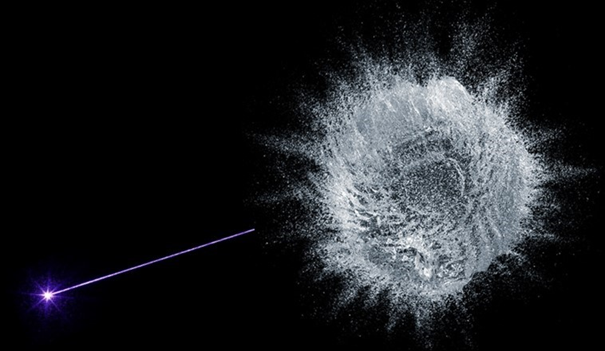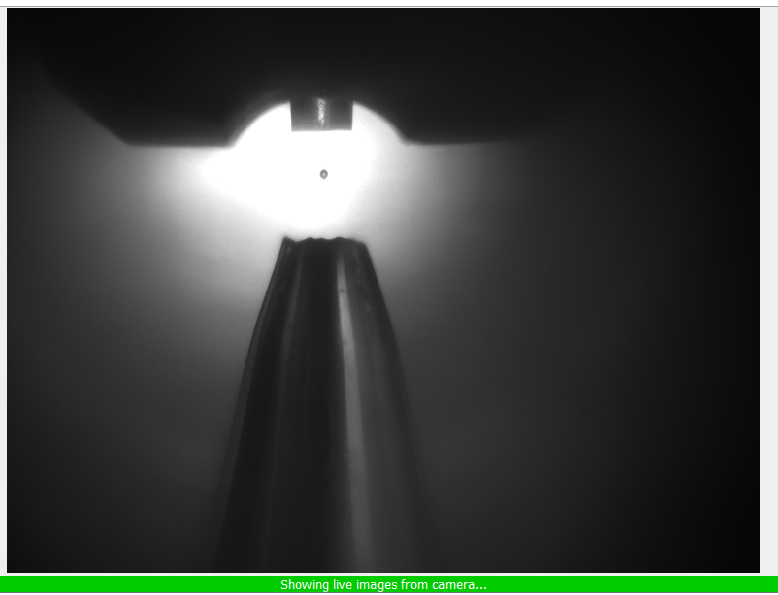This project aims to study the specific recognition involved in complexation processes of non-covalently bound systems. One of the unique advantages of this gas phase experiment is to study the local interactions between molecules in a free environment or within a controlled number of water molecules in systems in which the stoichiometry of the drug-receptor complexes is perfectly known.
The liquid droplets (50 µm diam) are generated on demand by a commercial droplet generator (Microdrop) and injected from 300 mbar into a high vacuum chamber (10-5-10-6 mbar) through two differential pumping stages. Upon irradiation by home-made mid-IR broad band laser pulses (centered on an absorption band of the solvent), analyte ions are ejected directly into high vacuum. At this stage, the desorption occurs in between the first stage of a two-field ion optics and the emitted ions are then accelerated and detected by micro channel plates (MCP) located 80 cm downstream in a second vacuum chamber.
We are currently building a reflectron-type TOF mass spectrometer that will be installed in the second vacuum chamber. In that configuration, the ions will pass through decelerating ion optics and will be spatially focussed in the extraction region of the orthogonal TOF mass spectrometer. The reflector assembly should ensure a good mass resolution. The mass-spectrometer vacuum chamber will be equipped with several laser feedthroughs before and into the reflector zone to perform laser photodissociation spectroscopy.

